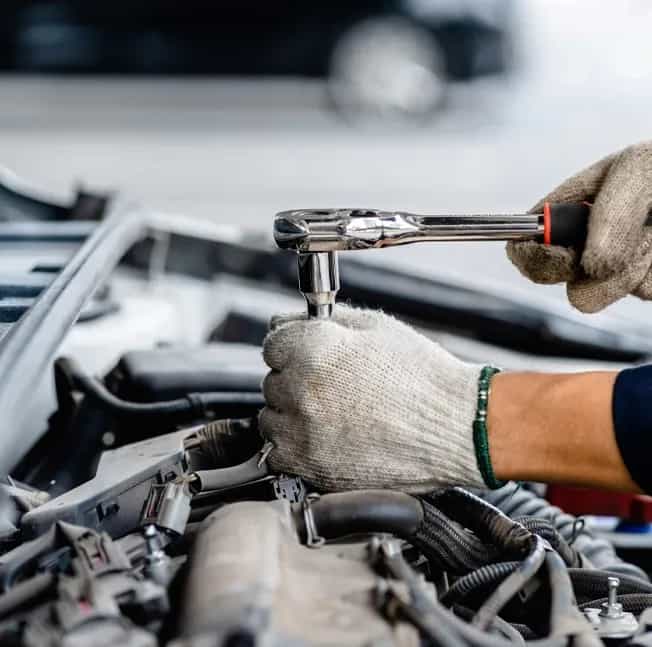Nov . 08, 2024 01:18 Back to list
Understanding Wiper Seals and Their Importance in Automotive Applications
Understanding Wiper Seals Essential Components for Fluid Control
Wiper seals are crucial components in a variety of machinery, especially in applications involving hydraulic systems and rotary movements. These seals are designed to wipe away debris and prevent contamination from entering the system, thereby ensuring optimal performance and longevity. In this article, we will explore the functions, types, and considerations of wiper seals in industrial applications.
What are Wiper Seals?
Wiper seals, also known as scraper seals, are specifically engineered to remove dirt, dust, and other contaminants from the surface of a rod or piston as it moves through a bore. They are typically located at the outer edge of hydraulic cylinders, acting as the first line of defense against external contaminants that can lead to premature wear and tear of internal components.
These seals play a critical role in maintaining the efficiency of hydraulic systems. When contaminants enter the system, they can cause damage to the hydraulic fluid and components, leading to reduced performance and costly repairs. By preventing the intrusion of foreign particles, wiper seals help to extend the life of the hydraulic fluid and enhance the overall reliability of the system.
Types of Wiper Seals
There are various types of wiper seals, designed for different applications and operational conditions. Some common types include
1. Polyurethane Wiper Seals Known for their high wear resistance and flexibility, polyurethane wiper seals are often used in environments with significant temperature fluctuations. They provide excellent sealing capabilities in both dynamic and static applications.
2. Rubber Wiper Seals These seals offer good resilience and recovery properties. They are commonly used in less demanding applications where chemical exposure is minimal. Various compounds, such as nitrile and silicone, can be used depending on the specific requirements of the application.
3. PTFE Wiper Seals Polytetrafluoroethylene (PTFE) seals are known for their excellent chemical resistance and low friction properties. They are particularly advantageous in harsh environments, such as those involving petroleum-based fluids or aggressive chemicals.
wiper seal

4. Metal-Backed Wiper Seals In some heavy-duty applications, wiper seals with a metal backing provide additional stability and durability. These are often found in large hydraulic cylinders used in construction and heavy machinery.
Factors to Consider When Choosing Wiper Seals
Selecting the right wiper seal is crucial for ensuring the efficiency and longevity of your mechanical systems. Here are some key considerations
1. Operating Environment Assess the environmental conditions where the seal will be used, including temperature extremes, exposure to chemicals, and the presence of abrasive particles.
2. Compatibility with Fluids Ensure that the wiper seal material is compatible with the hydraulic fluids or lubricants used in the system. This compatibility is vital to prevent chemical degradation of the seal.
3. Pressure Ratings Consider the pressure ratings of the application. Different wiper seals are engineered to handle varying pressure levels, and choosing the right one can prevent seal failure.
4. Size and Fit Accurate measurements are essential to ensure a proper fit of the wiper seal. An ill-fitting seal can lead to leaks or insufficient wiping action, allowing contaminants to enter.
5. Installation and Maintenance Evaluate the ease of installation and any specific maintenance requirements. Some seals may require special tools or techniques for installation and removal.
Conclusion
Wiper seals are vital components in any hydraulic system, ensuring that contaminants are kept at bay while maintaining system integrity. Understanding the different types of wiper seals and the factors influencing their selection can help maintenance professionals and engineers make informed decisions that enhance machine performance and durability. By prioritizing the selection and maintenance of these essential seals, industries can achieve greater operational efficiency and reduced downtime, ultimately leading to increased productivity and cost savings.
-
TCN Oil Seal Metal Ring Reinforcement for Heavy Machinery
NewsJul.25,2025
-
Rotary Lip Seal Spring-Loaded Design for High-Speed Applications
NewsJul.25,2025
-
Hydraulic Cylinder Seals Polyurethane Material for High-Impact Jobs
NewsJul.25,2025
-
High Pressure Oil Seal Polyurethane Coating Wear Resistance
NewsJul.25,2025
-
Dust Proof Seal Double Lip Design for Construction Equipment
NewsJul.25,2025
-
Hub Seal Polyurethane Wear Resistance in Agricultural Vehicles
NewsJul.25,2025
-
The Trans-formative Journey of Wheel Hub Oil Seals
NewsJun.06,2025
Products categories
















